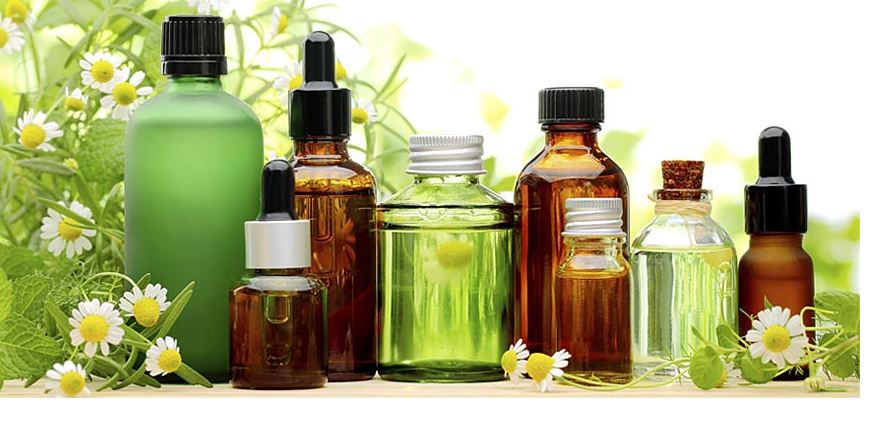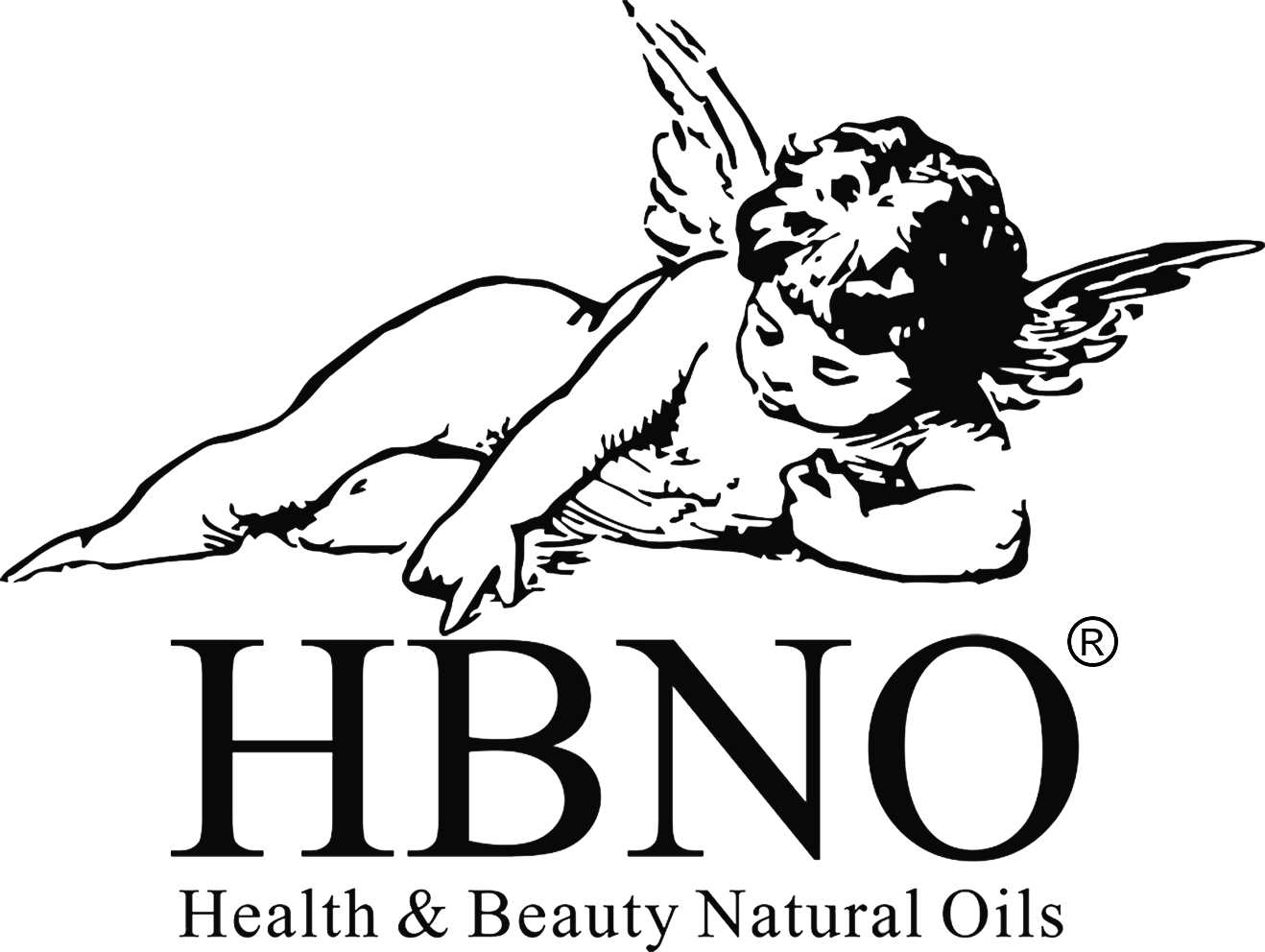
Beekeepers around the world are finding ways to make their products more natural, increasingly dumping methods that induce chemicals and synthetic residue. This discussion is about providing more helpful, simpler information that helps to make beekeeping more factual and closer to being organic. We are not talking about 100% organic produce since that does might induce extra costing that is not relevant for all agriculture set-ups. Our emphasis is on providing some guidance about keeping your honey bees healthy without being chronically dependent on chemically formulated pesticides. To make this discussion more interesting, we are going to mix some season-based tips that should be relevant for most beekeepers along with discussing the different types of essential oils that can be used as a natural, herbal replacement for chemical-heavy pesticides. Please don't interpret the following as standard practices for different beekeepers across different months of the year. You must realize that native climate of a place, the regional weather patterns, and neighborhood conditions or even the type of bees you are handling will have a marked difference on what type of natural oil is best suited for your beekeeping practices. Read ahead, make some notes and keep the wisdom we are sharing with you handy.
January: New Year of Bee Seasons! Keep Lemon Grass Oil Handy
Bees in the month of January are rather busy as thousands of worker bees, work through the day for their queen. The queen is particularly placed at the center of the bee group. Specifically, on warm days with a temperature range of 45 degrees to 50 degrees, bee workers are seen in hectic schedules. The regular chores include cleansing flights. This is like the preparation month for the bee season ahead. You can see few broods developing in the beehive but no drones can be seen during this time of the year. This is also the time when stored honey is readily consumed by the bees. As a beekeeper, make sure that the entrance of the hive is not affected by deterrents like heavy snowing. Make sure that the entrance is cleared so that it facilitates proper ventilation for the bees. You have ample of time to explore specifics about the bee colonies. This is the time to prepare the equipment or maintenance tools required for the upcoming season. You might want to try a mixture of lemongrass oil and spearmint oil. It works well to keep the hive healthy. At this time, you don't need an essential oil with a specific effect like being a masking agent or an anti-mite pesticide.
Come February and the Educated Beekeeper Might want to Consider Peppermint Essential Oil
This is the female-only phase and the hive might seem dormant from the outside. The queen is most likely to be within the cozy confines of the cluster and begins to lay more eggs each day. The workers continue to do their daily duties. The beekeeper is not really bothered about much upkeep during this period. This might be a good time to test on the readiness for the spring season. You might want to consider using peppermint essential oil. We recommend because of its general-purpose masking scent. Though, it is not strong enough to mimic the natural bee pheromones and the hive multiplication patterns. Just think of it as a strongly scented essential oil that ensures the hive is not bothered by outside pheromones or any other neighboring hives.
March: Feeding Season, Keeping Wintergreen Oil Handy
Honeybee colonies use this as the period for stocking up on their energy reserves. Be careful! very careful. Not enough supplies and there is every chance of starvation this month. Ensure the proper and regular supply of sugar syrup. When the days begin to grow longer and as the sun's rays warm up the environment more, the queen gradually increases the rate of laying eggs. With growing broods, more food is consumed. Also, drones finally start to make their presence felt in the colony. Cumulatively, more consumption of energy reserves is associated with March. Responsible beekeepers might want to check for any sealed honey. This is usually found in the top frames of the hive. You can do such tasks during the early days of the month. Choose slightly sunny, warm days with little wind blowing. Honey banks are easy to spot under the cover. Begin honey feeding if the reserves are seriously low. However, all the feeding activity might bring in unwanted visitors like mites. The house is split over using wintergreen or tea tree oil. Choose the better option after attempting a few applications of both.
April means spring season is here and so should be your Spearmint Oil Reserves
The onset of the spring season means flowers are in full bloom and this entices the worker bees. Expect them to work extra shifts. Bee workers start bringing pollen to the hive. It is critical to sustaining the hive that now needs sustained energy supplies for its baby bees (broods). The queen is expected to be busy laying eggs and the population of the colony keeps increasing with each passing day. Drones usually start making more regular appearances. You might want to consider using a few drops of spearmint oil that helps to improve the overall hive health. Some of the other tested and much appreciated natural methods for controlling mite population in bigger hives is using menthol oil as mite control agent.

